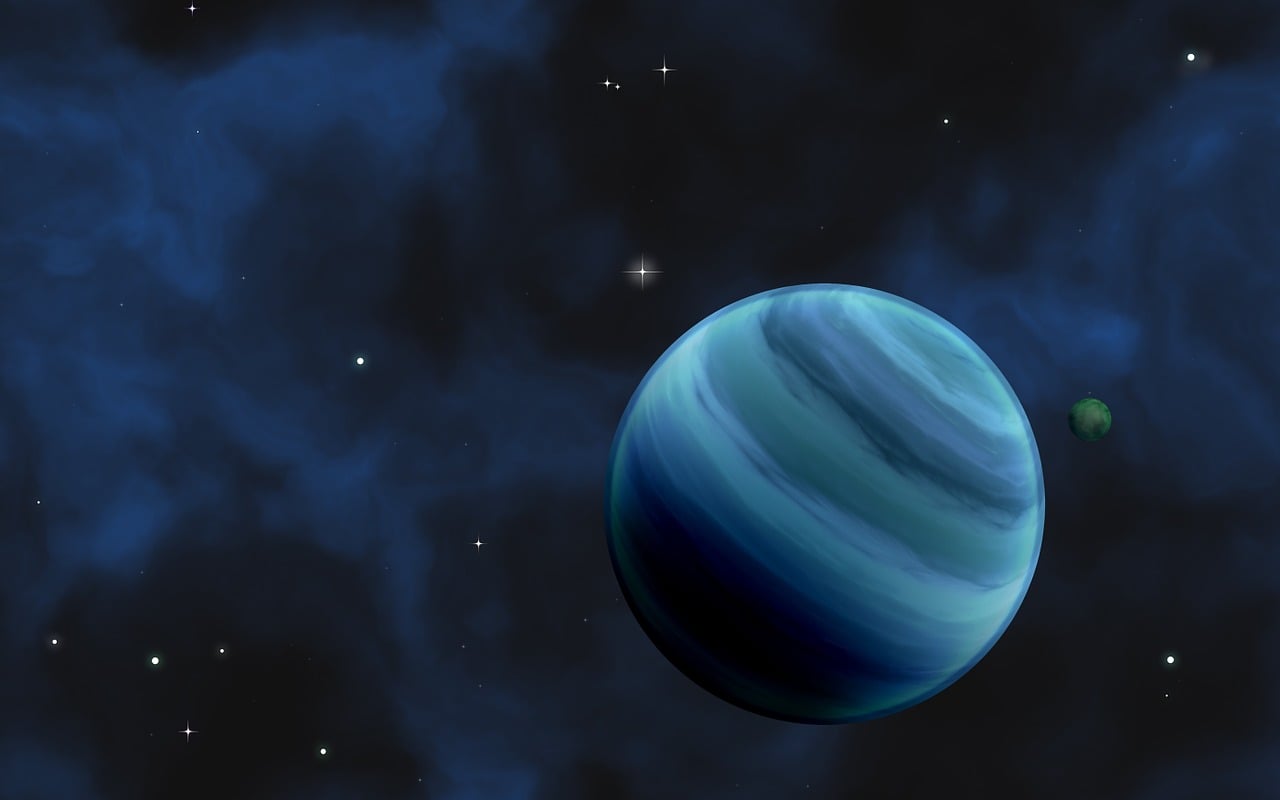Exoplanet exploration is getting more interesting every year, and a newly discovered Earth-sized metallic planet has reminded scientists of one of the planets from our own solar system. Apparently, the planet has the same density as Mercury. This discovery may help researchers understand how dense planets like Mercury formed.
This planet is also the most dense planet that shares the size of Earth that scientists have discovered until now. The team of scientists behind this discovery come from the University of Warwick and Aix-Marseille University. They published their findings in Nature Astronomy.
They named the planet K2-229b, and discovered that the mass of the Earth-sized metallic planet is around 2.6 times the mass of Earth. Scientists managed to measure the mass of this exoplanet for the first time.
It is slightly larger than Earth, and its surface reaches about 2,000 degrees Celsius during the day. Similar to our Mercury, K2-229b is located pretty close to the parent star that it orbits. It is located at about 0.012 AU (1,115,469.7 miles) from its star, as opposed to Mercury, located at 0.4 AU (35,000,000 miles) away from the sun. The star that it orbits is a K-dwarf star which is known to be quite bright.
Researchers found the planet while using the K2 telescope. After that, they referred to Doppler spectroscopy, also known as the wobble method. This method works in a way that it discovers a slight shift in the star when the planet’s gravitational pull affects the star.
As a result of the wobble method scientists managed to determine the size, position and mass of the Earth-sized metallic planet. Their results indicate that it’s possible that there are more common cases of Mercury-type exoplanets. Similar to our Mercury, the newly discovered K2-229b is found to be an innermost planet in its star system. This could explain how this type of planet formed.
There are several theories that scientists have come up with to determine how K2-229b might have formed. Out of those theories one stands out and suggests that as a result of the proximity of the parent star, there were strong stellar winds followed by flares that affected how the planet’s atmosphere formed.
However, there is one problem with this theory. Scientists aren’t sure whether the planet has an electromagnetic field that could have protected the planet from such rough weather conditions.
There is another theory that suggests that there was a similar planet that collided with the original planet and then sent the material on it flying. Such material could result in a moon being formed.
The last theory that the team proposed suggests that K2-229b consists of the same material as its parent star. The planet was created as a dense metallic planet as those materials were available at the time when the planet was still being formed.





